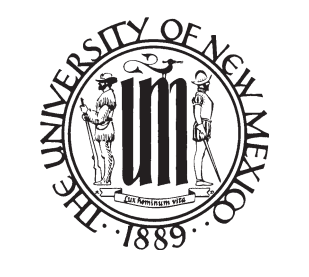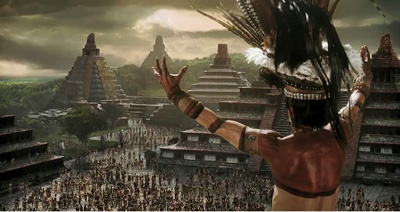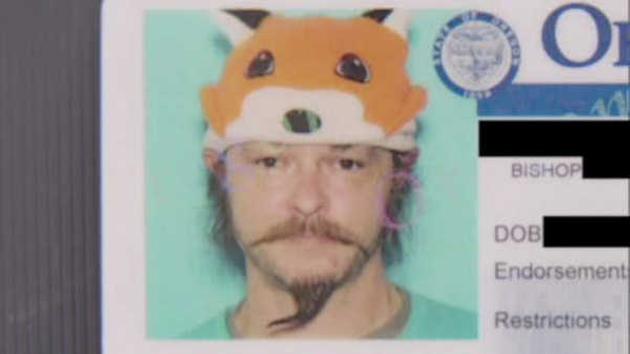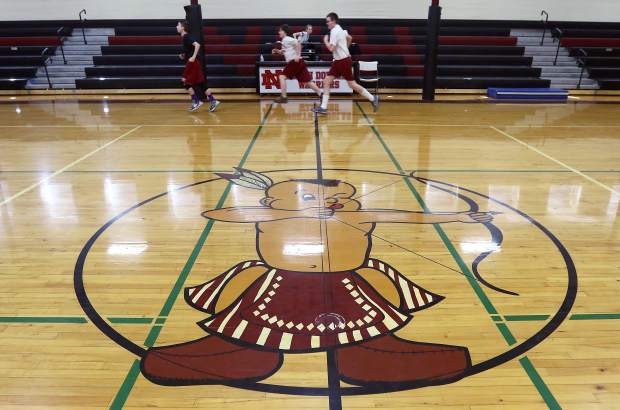By Anthony Gockowski
UNM’s student activists are accusing the school of racism because the seal depicts a frontiersman standing alongside a conquistador but fails to portray their historical counterpart—indigenous people.
However, UNM awarded Native American artist Theda Douglas Rushing a Meritorious Service Medal in 1994 for her outstanding contributions to the school, among which was the creation of the school’s now discriminatory seal.

Discussion
A Facebook discussion of this key point: Students protest a UNM seal that shows a frontiersman and a conquistador, even though a Native woman designed it.
I wonder if she was given free rein or a strict mandate. Kind of hard to believe someone thought a frontiersman and a conquistador were great ideas in the 21st century.
Apparently the redesign was back in 1980. I can understand that some people, including Natives, might not have thought about the problems much back then.
But I'm surprised it hasn't been protested out of existence since then. A frontiersman and a conquistador don't have anything to do with education. If anything, they're anti-education.
The message is nothing but, "Europeans founded this state and school. Europeans made us great." How is that not glaringly obvious to everyone--not to mention embarrassing?
They're even holding a gun and a sword. It's a pure conquest message--with Indians and their land as the implied booty. There's no educational message whatsoever.
For more on government seals, see Whitesboro Issue Increases Awareness and Flipping the Whitesboro Script.



